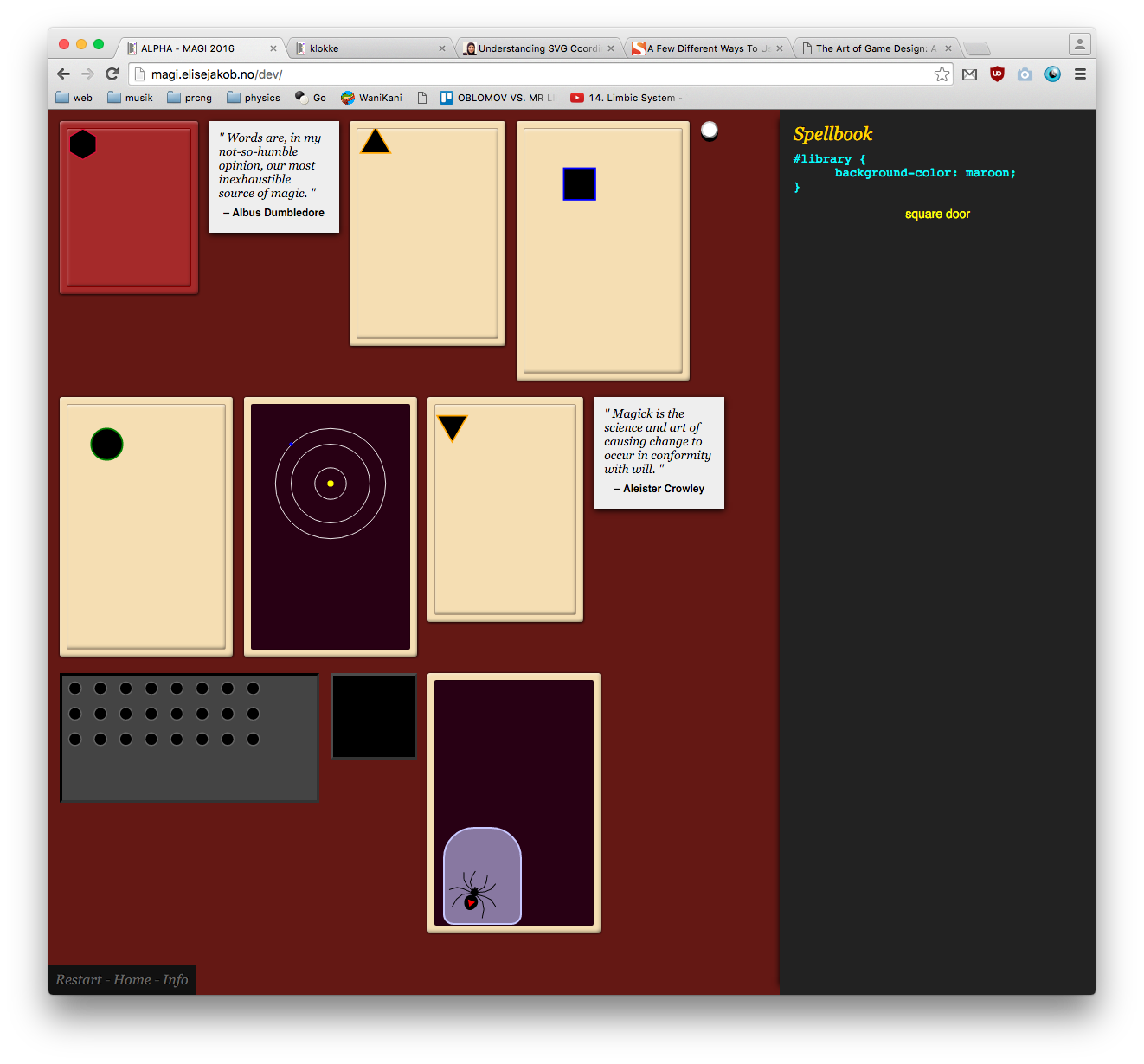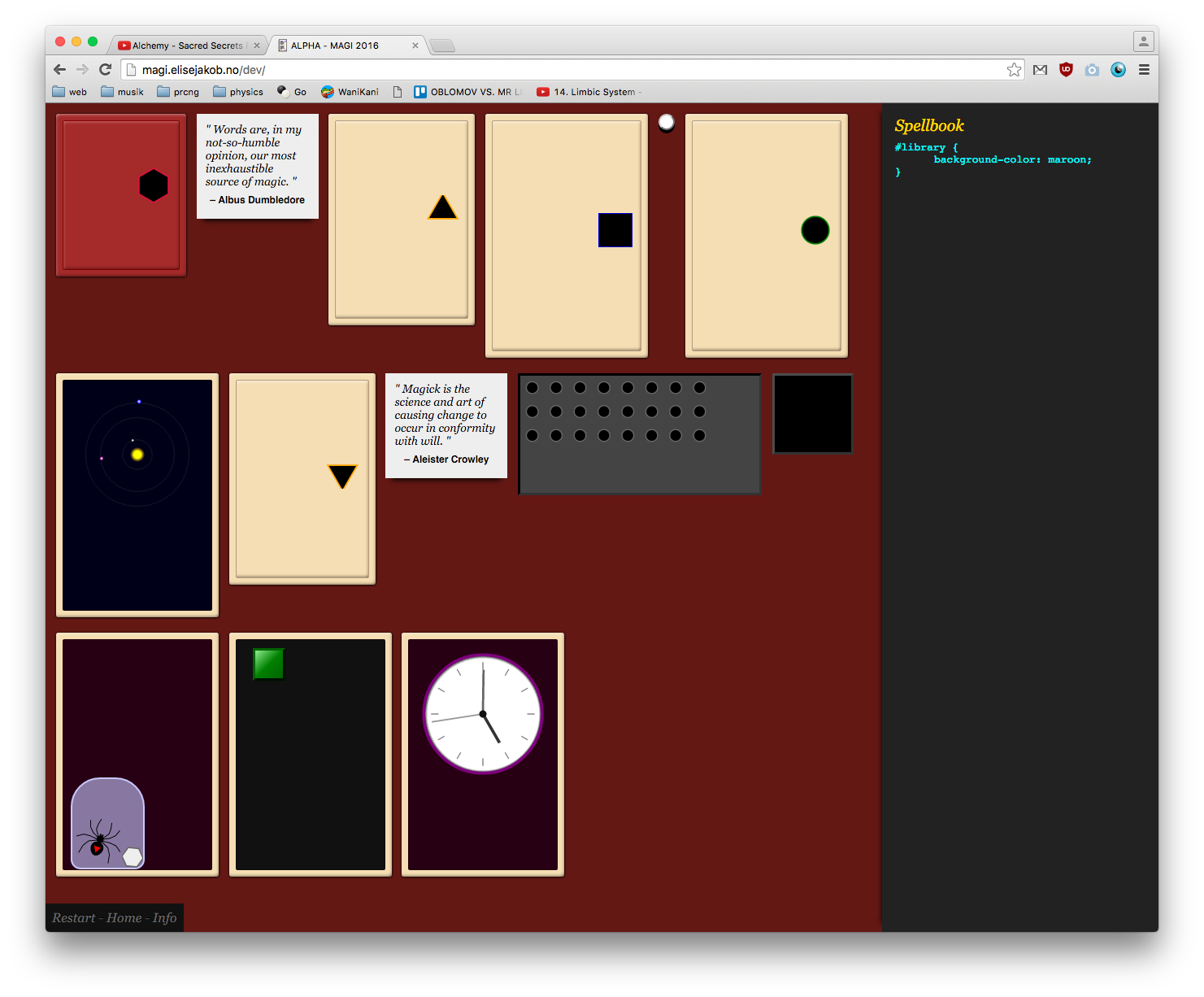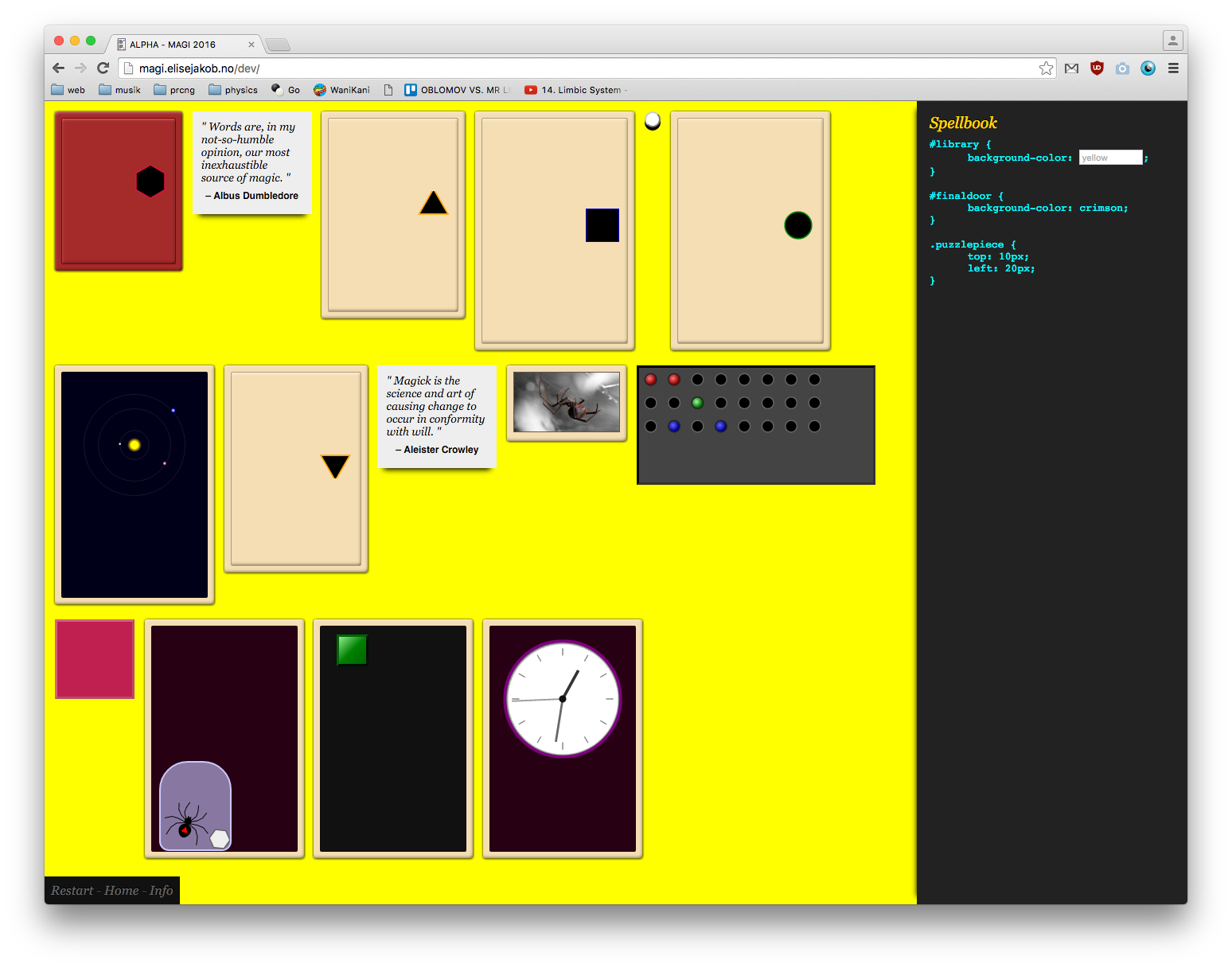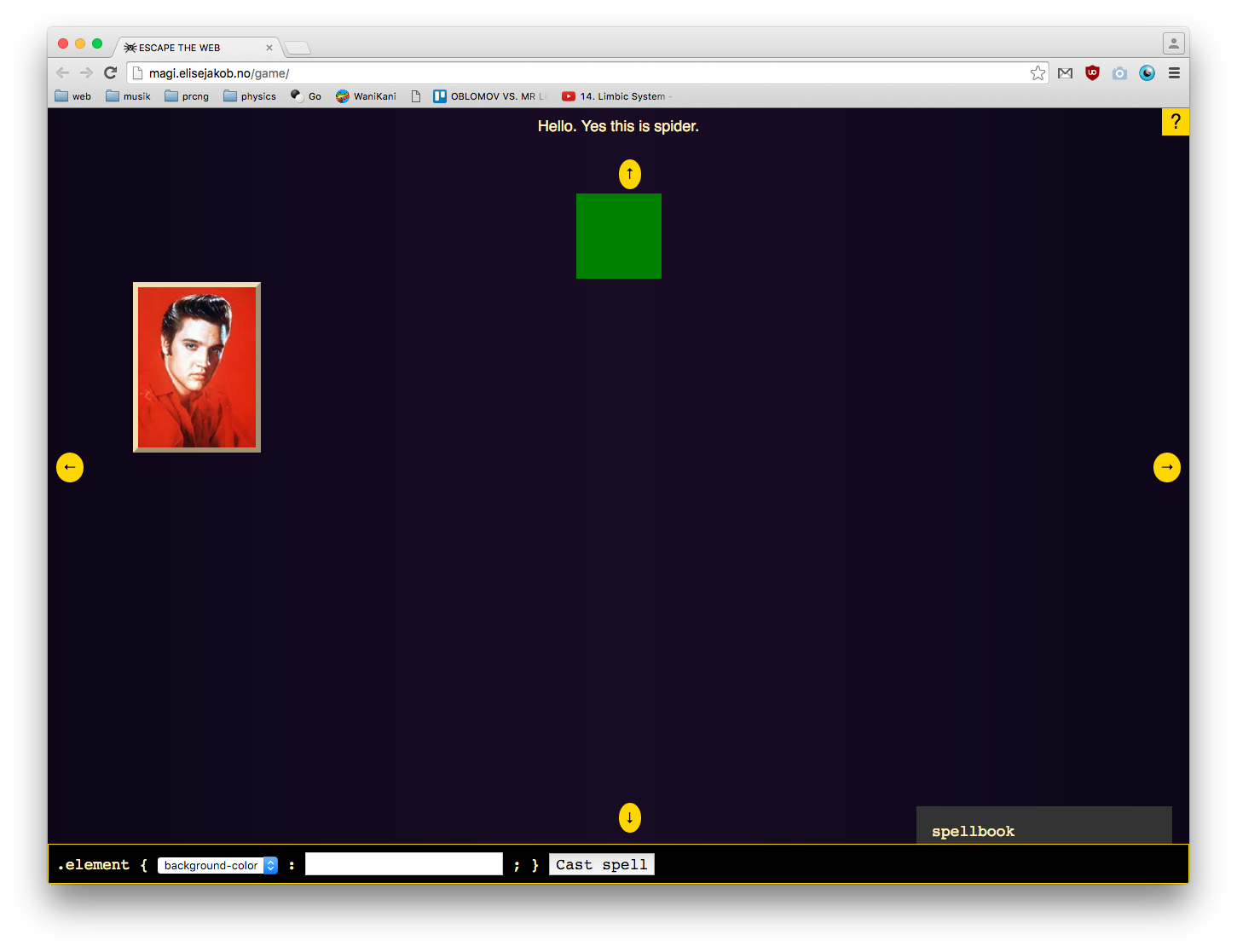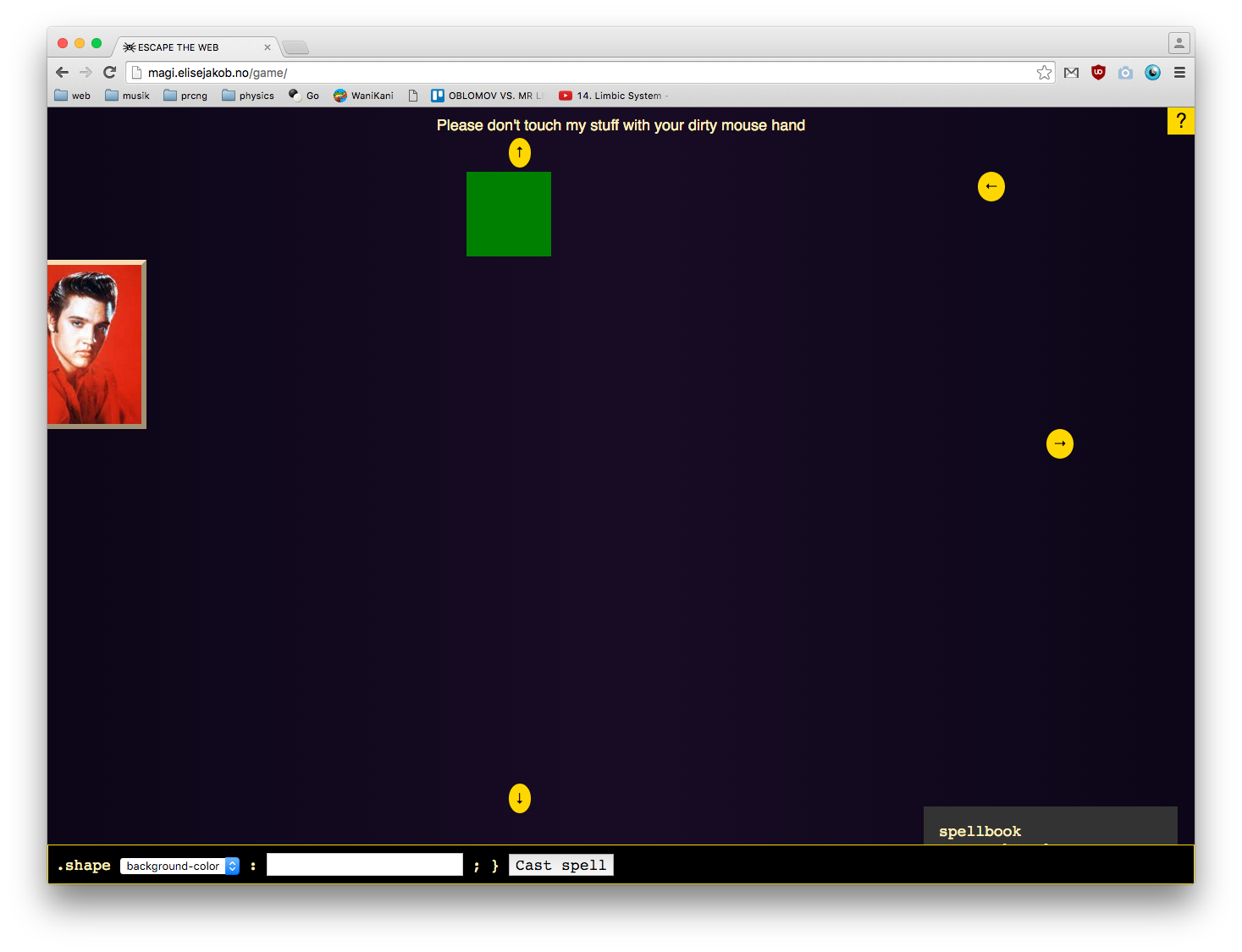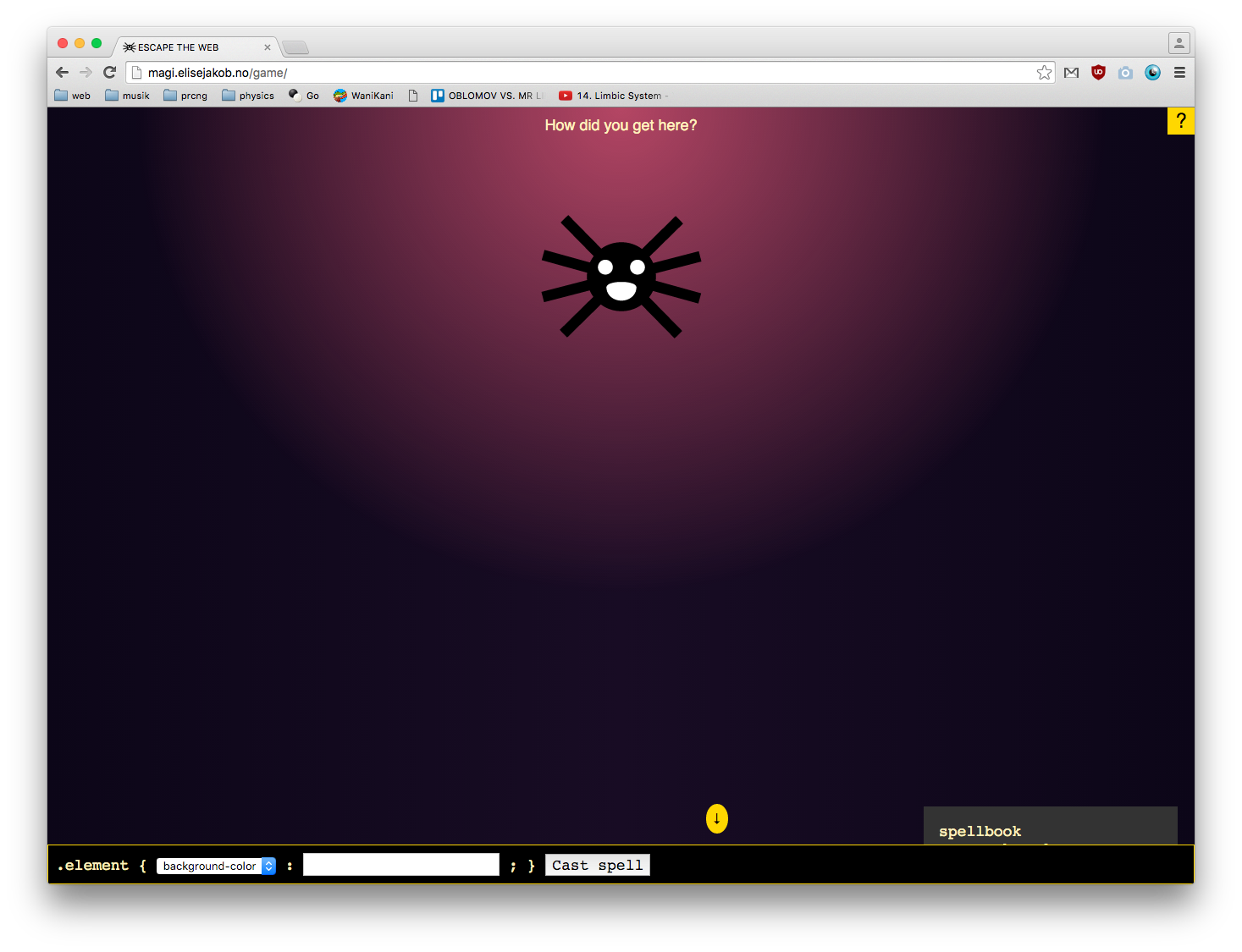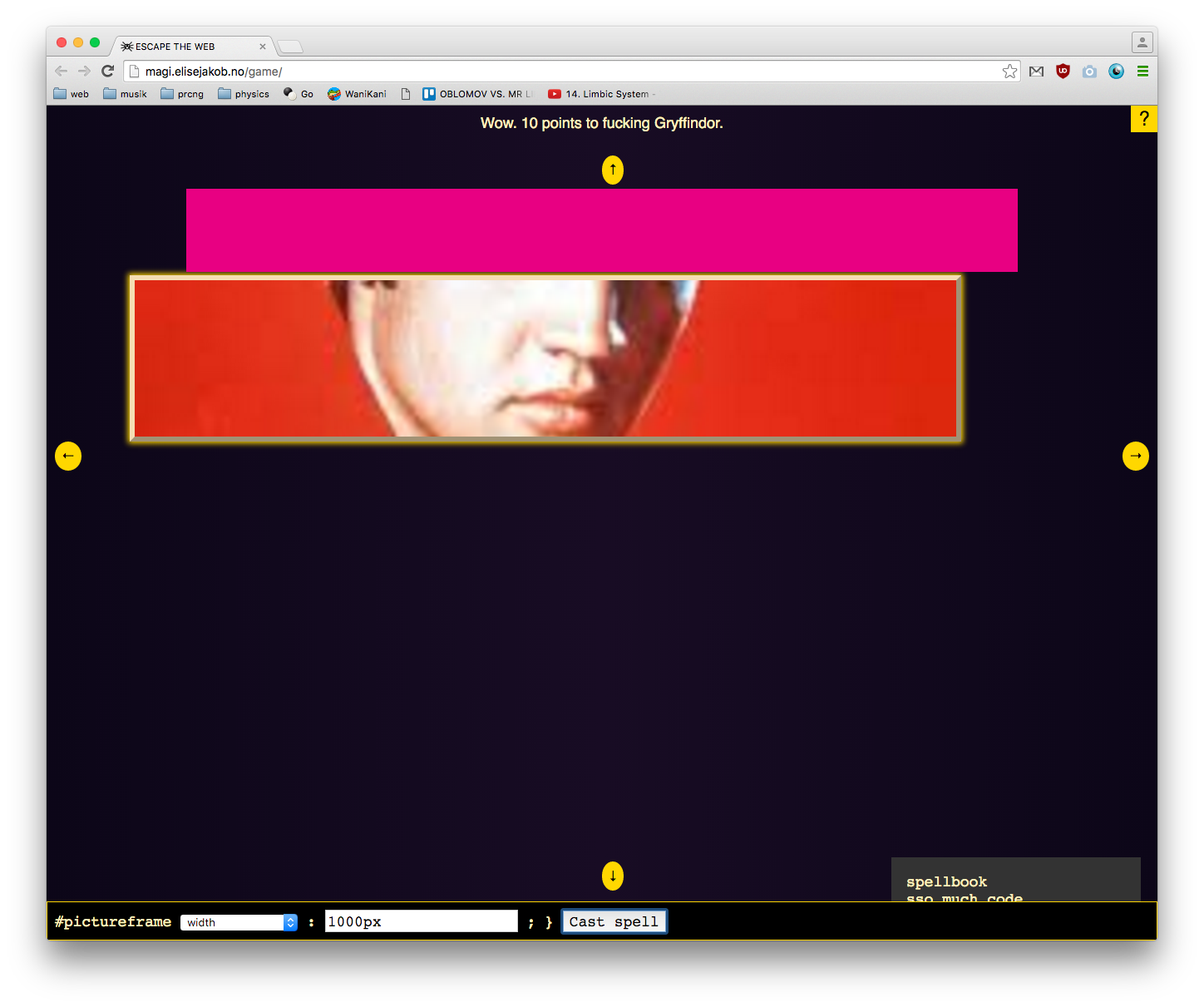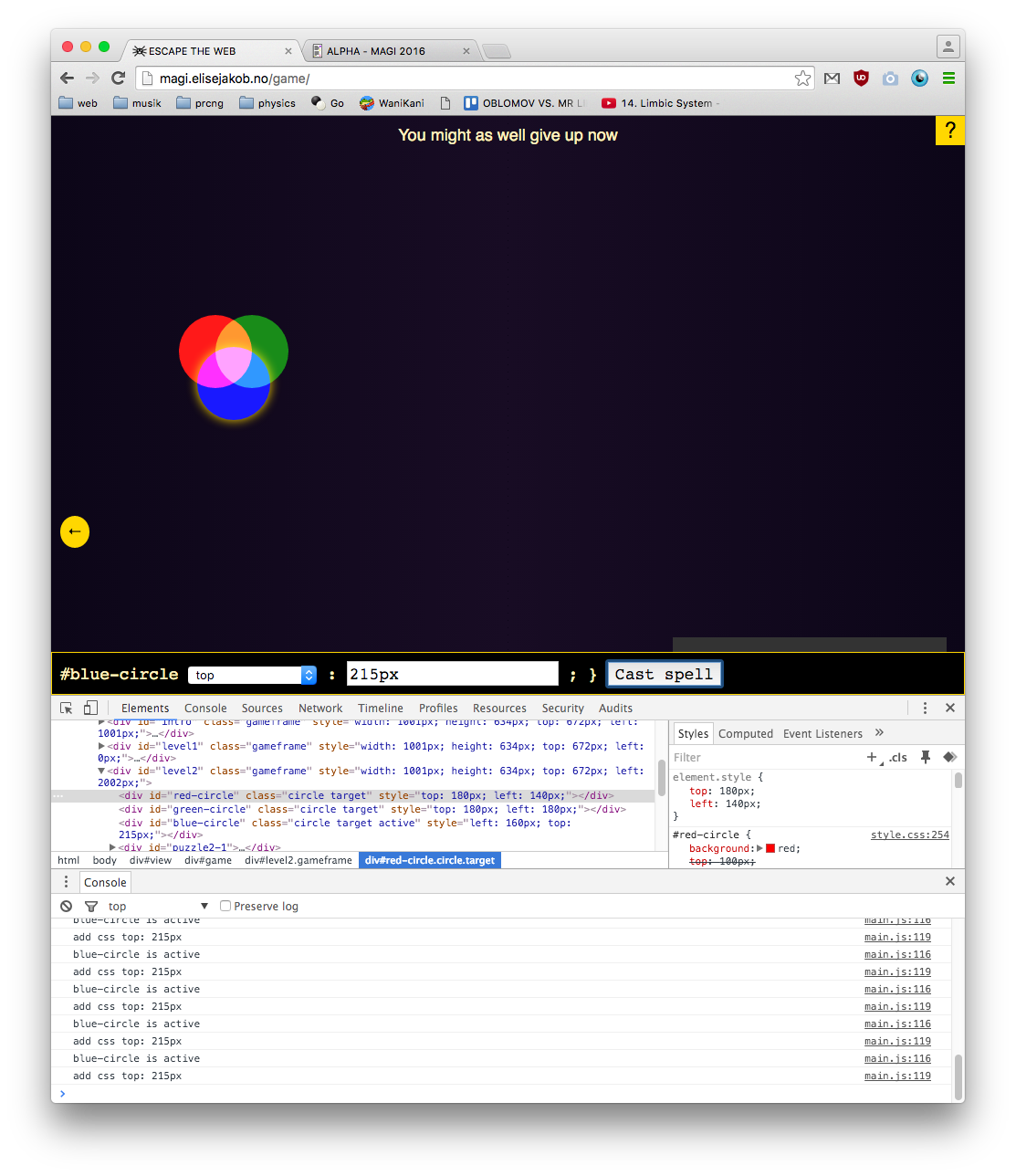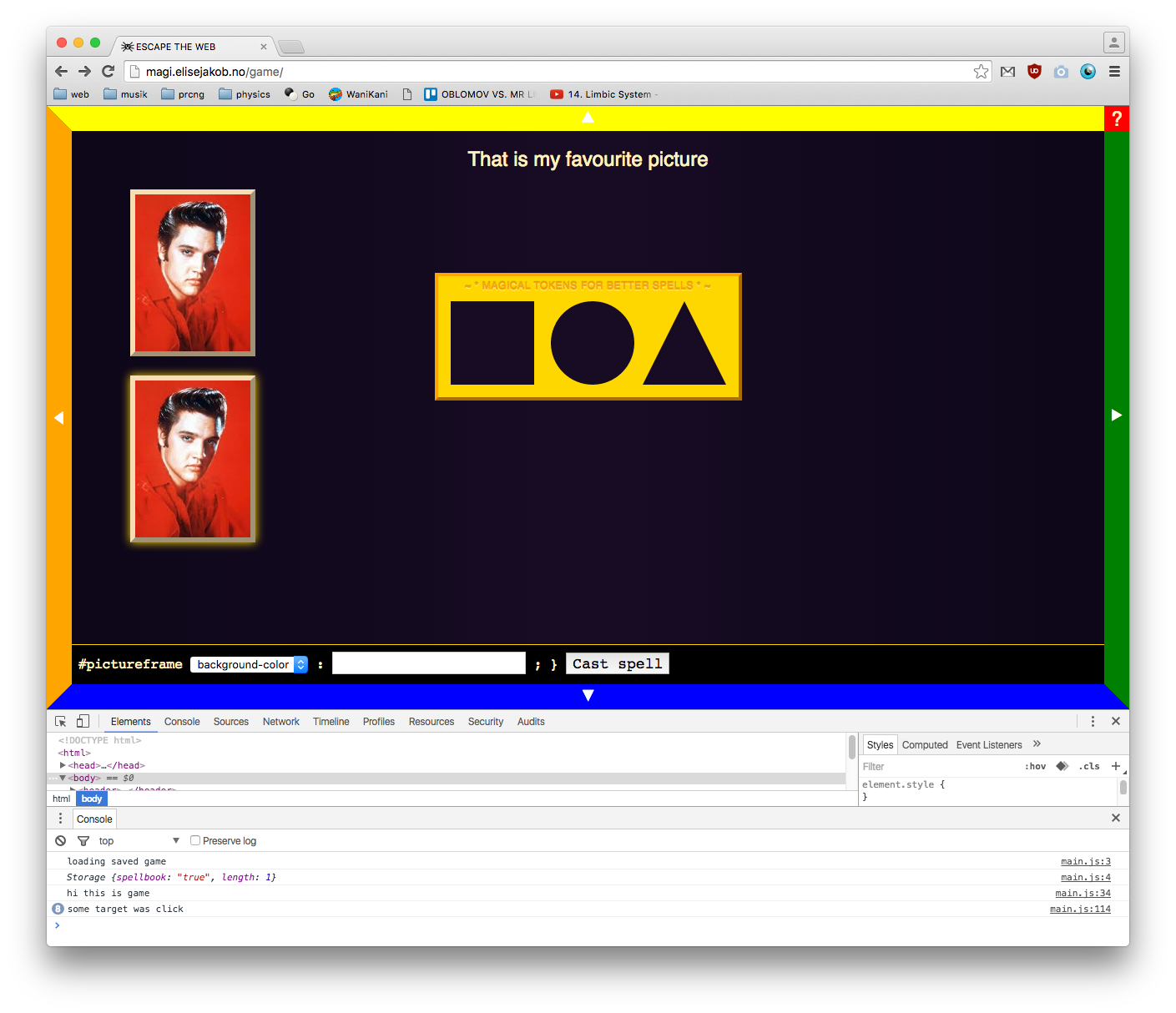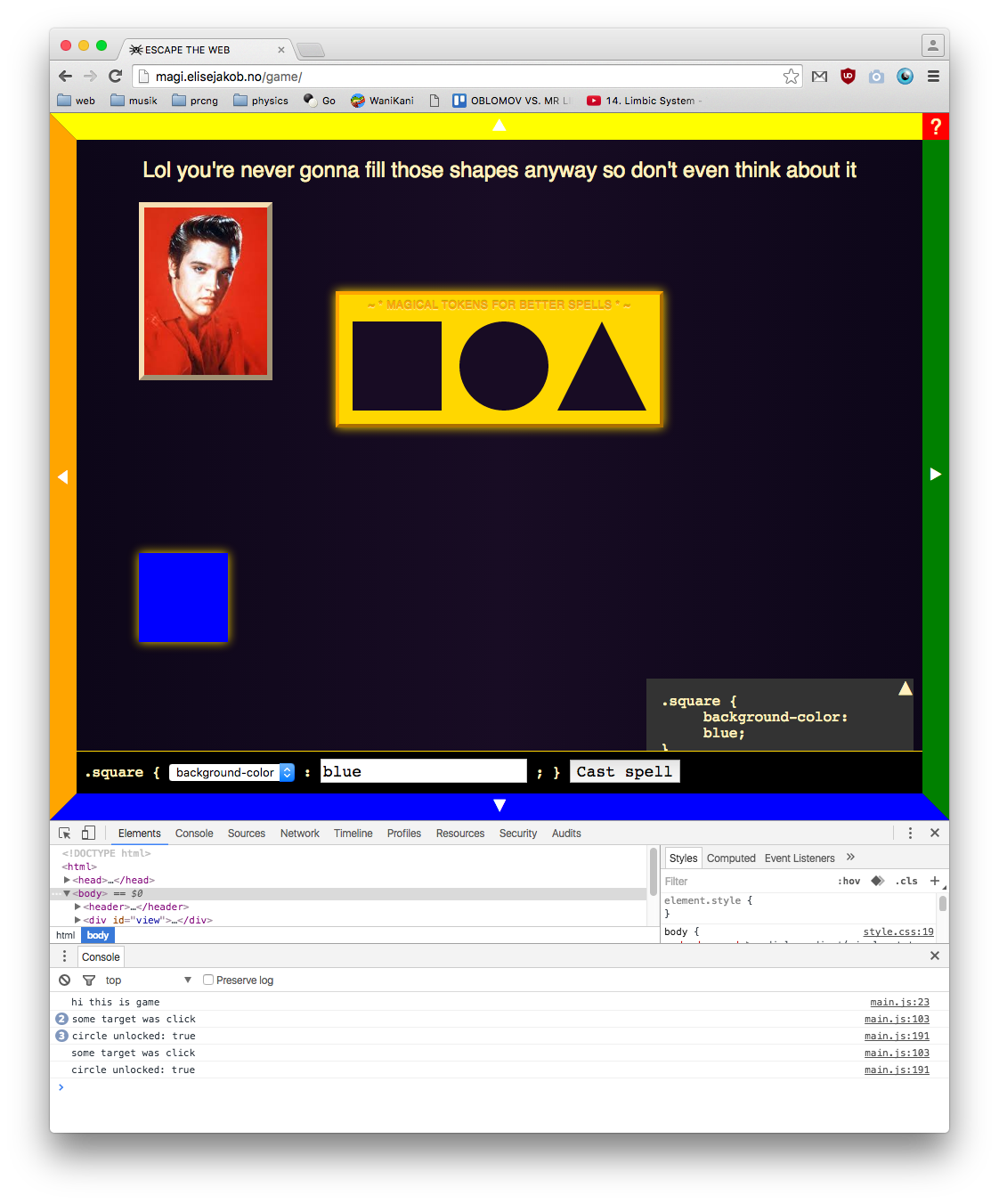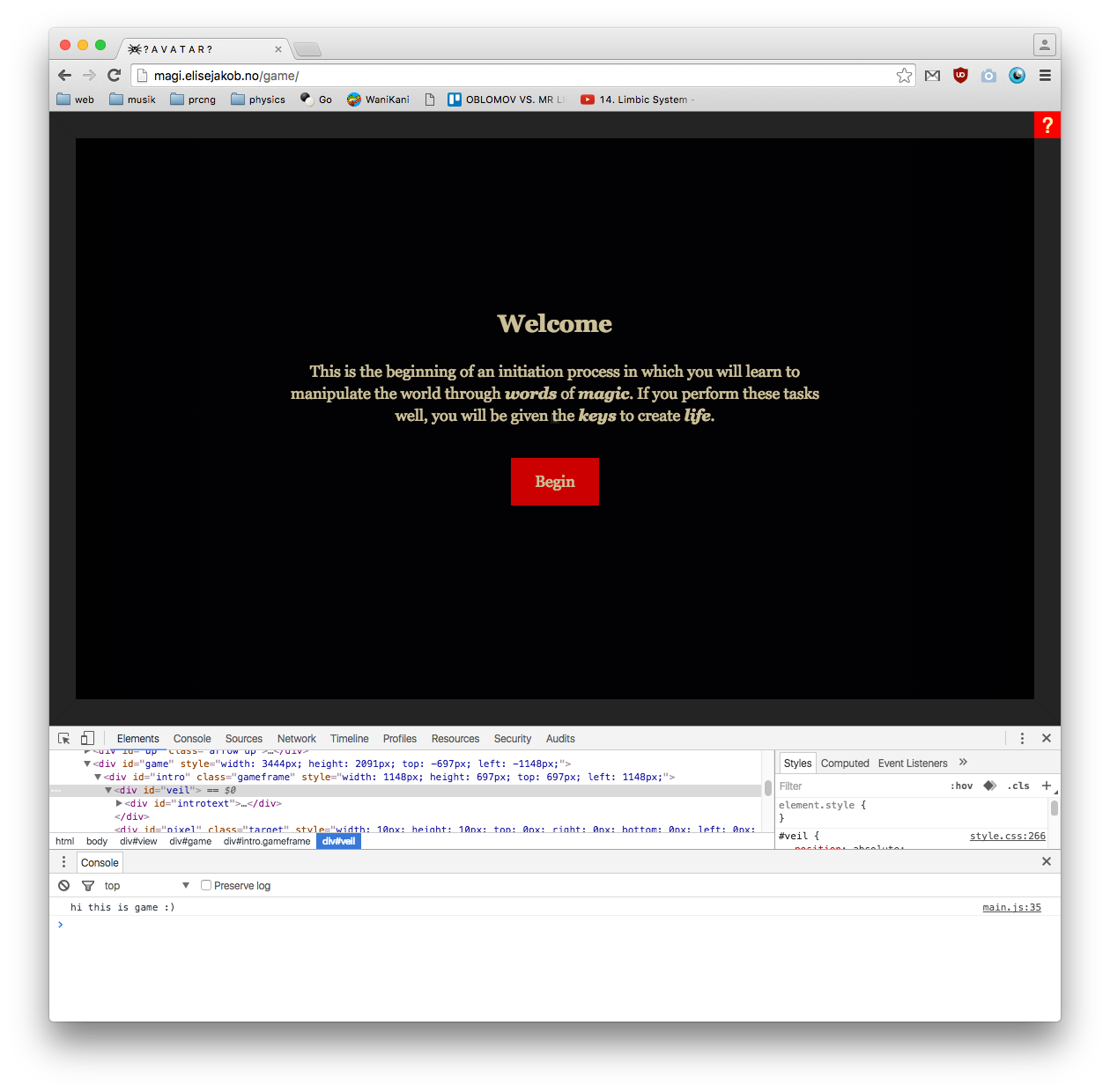The WWW and the age of distraction
The Web has developed and become an integral part of all of our lives in a relatively short time. Born in the 90’s, I hardly remember a time when my life did not include some kind of Web presence. I’ve been a consumer of web based content for twenty years, but for most of that time it’s been passive, and I never really saw myself as potentially becoming actively engaged in the production of what was going on. Sometimes I even forget that everything was produced by people, and either way thinking that I would be insignificant in the Web’s rapid development.
Many people feel trapped and lost in the digital world, and with the technology taking over our lives, with very few of us knowing how to control it. There is a lack of transparency and openness in how data detailing our digital lives is being saved by the big companies that are gradually taking control of the Internet. Douglas Rushkoff writes in his book Program or be Programmed, that we need to take charge of the technology which is now such a big part of our lives, instead of allowing others to set the constraints, and have the Web medium be reduced to a surface that big corporations use for manipulation and profit.
The original vision of Tim Berners-Lee, the mastermind who conceived the idea for the World Wide Web, was to create a virtual library of human knowledge and experience, a platform of free information. It was born out of a desire for openness and sharing.
There is a potential magic in using this as a platform for communication and information exchange. The collective intelligence fostered on the Web is building a stronger society through the natural selection of memes. For this development to be beneficial for us all, however, it requires our active engagement. Unfortunately the massive amounts of information online can become overwhelming and lead some people to apathy and a feeling of being insignificant.
We call this the «information age», but we could also call it the age of distraction, because the actual amount of information we’re taking in is small compared to the amount of sources fighting for our attention.
The competition for attention has lead to the dumbing down of information, often to the point where important parts of the original message is lost. It’s become common practice to state at the beginning of an article the estimated time it will take to read. I’m guessing it’s only a matter of time before online newspapers and journals start adding a TL;DR.
Acquiring new knowledge used to require at least a little effort. Actually having to search for answers in the real world leads to learning through experience, and allows for making your own discoveries; this contrasts searching through google and getting the answer immediately, in a simplified form.
We don’t yet know to what extent our attention spans have been damaged by this practice. Being able to win the attention of the reader and convince them that the content you’re presenting is worth spending time on is harder than ever. What makes us reach the decision that something is worth pursuing and spending time on?
“This was all inevitable. It is the cycle of capitalism. The story of industrial revolutions, after all, is a story of battles over control. A technology is invented, it spreads, a thousand flowers bloom, and then someone finds a way to own it, locking out others. It happens every time.”
Chris Anderson in The Web is Dead. Long Live the Internet
“We are intimidated by the whole notion of programming, seeing it as a chore for mathematically inclined menials rather than a language through which we can recreate the world on our own terms.”
Douglas Rushkoff in Program or Be Programmed
“Communicating and sharing is bad for business”
Douglas Rushkoff
British computer scientist Tim Berners-Lee invented the World Wide Web in 1989. Read more about the
history of the Web on the website of the WWW Foundation.
“By creating millions of networked people, financially exploited but with the whole of human intelligence one thumb-swipe away, info-capitalism has created a new agent of change in history: the educated and connected human being.”
Paul Mason in The End of Capitalism Has Begun
During my research I read the famous essay by Vannevar Bush,
As We May Think from 1945, and this quote struck me as equally true today, even though parts of Bush’s vision has become reality:
“Science has improved human life in many ways, but now we are becoming stuck because we cannot notice and apply the whole knowledge that has been reached and constantly grows [...] Truly significant attainments become lost in the mass of the inconsequential.”
“The Internet is a miraculous tool, but all too often, it affects us like a drug. Many of its popular apps, news websites, and social networks have been carefully designed to addict and distract, so they can harvest human attention like the natural resource it is. 'Keep searching and you will discover,' these services seem to proclaim, but the deepest truths cannot be found by searching — and you will not find them in data, in videos, or in images of other people’s lives.”
Network Effect, website by Jonathan Harris and Greg Hochmuth
“A society that looked at the internet as a path toward highly articulated connections and new methods of creating meaning is instead finding itself disconnected, denied deep thinking, and drained of enduring values.”
Douglas Rushkoff
TL;DR or TLDR (Too long, didn’t read) is used mostly in internet forums, either by itself in response to a long and/or boring message, or to indicate that what follows is a helpful summary of said message; can be used not only for text but for anything that will demand your attention for more than ~20 seconds.
“How many children today are becoming Socrates' nightmare, decoders of information who have neither the time nor the motivation to think beneath or beyond their googled universes?”
Maryanne Wolf in Socrates' Nightmare
